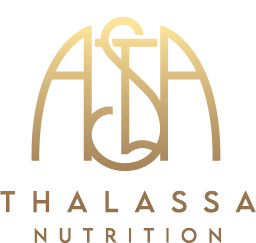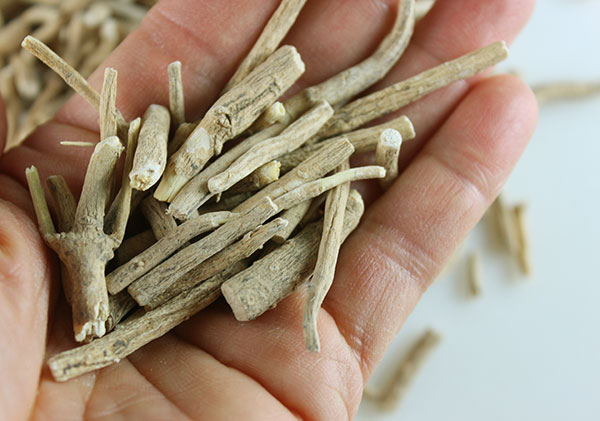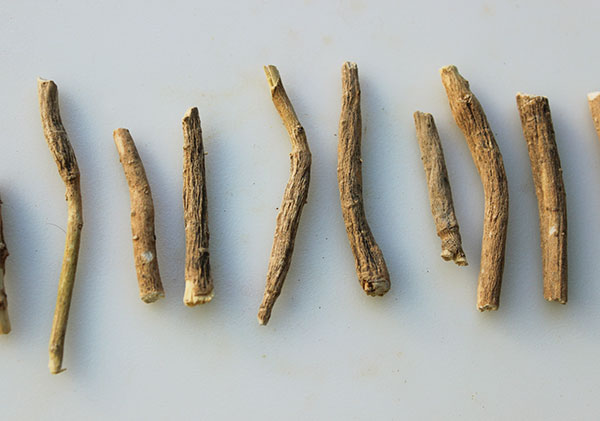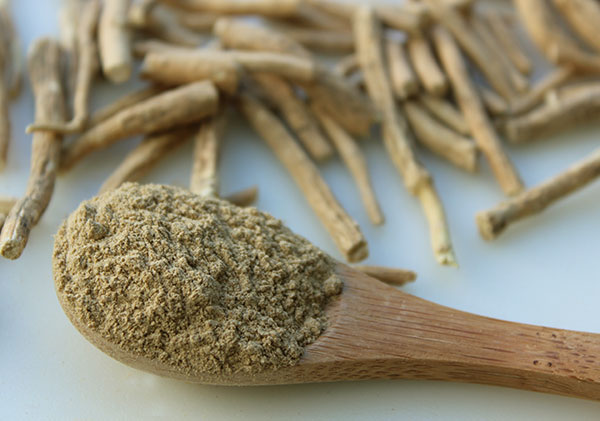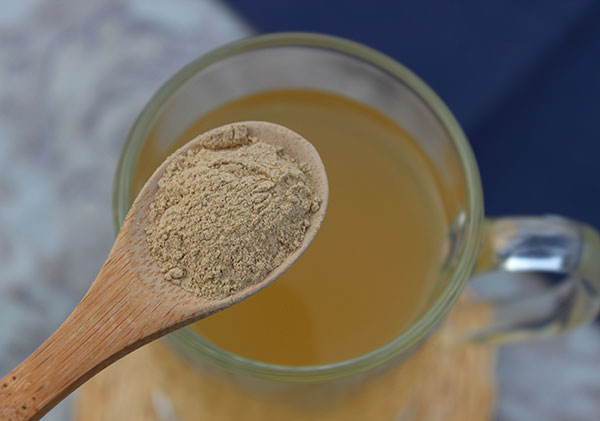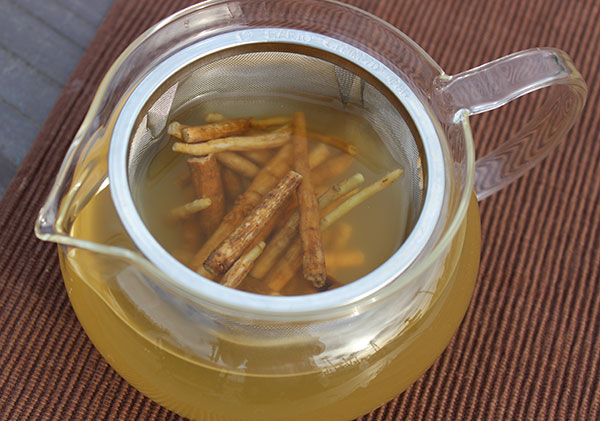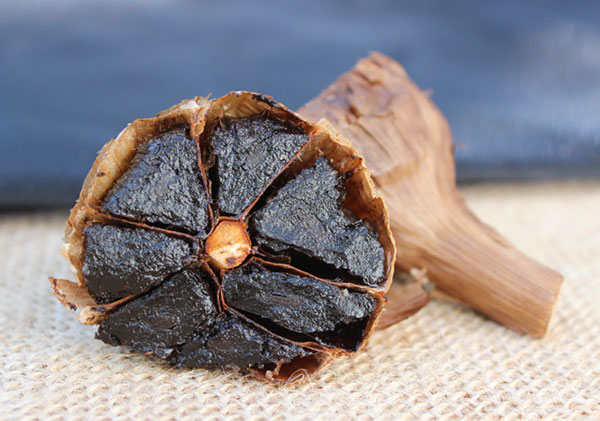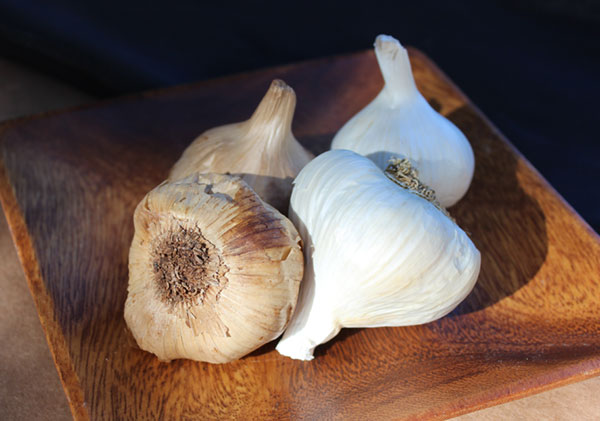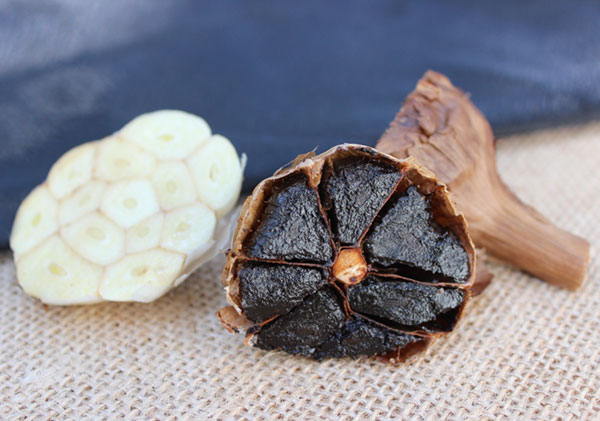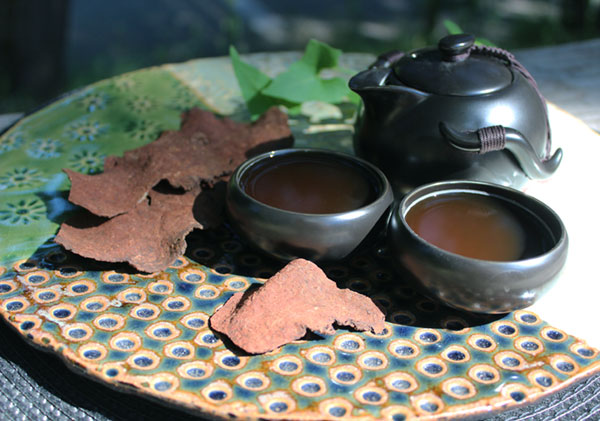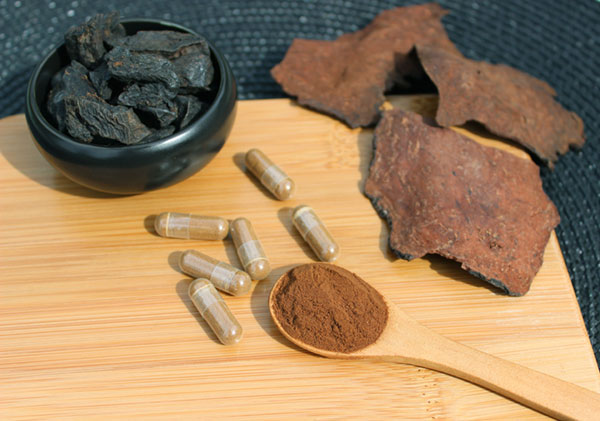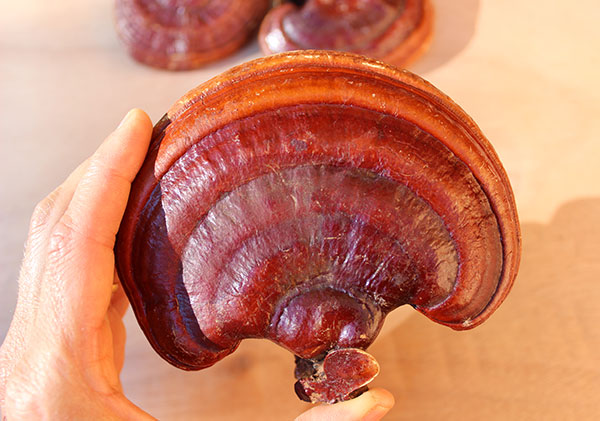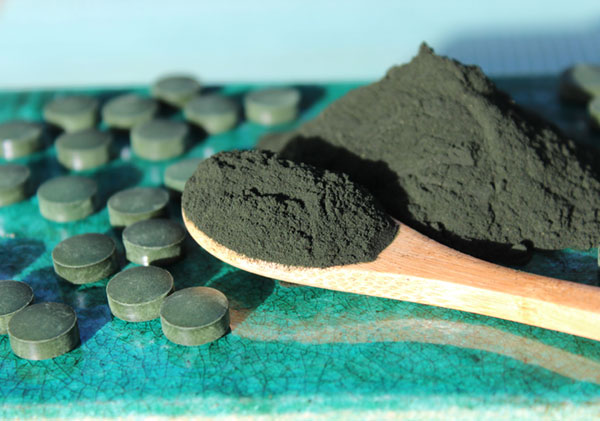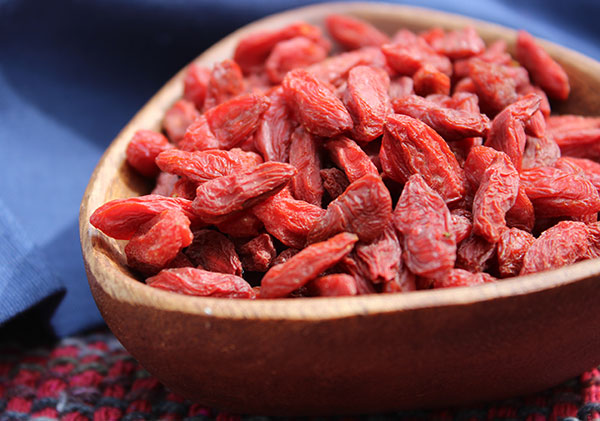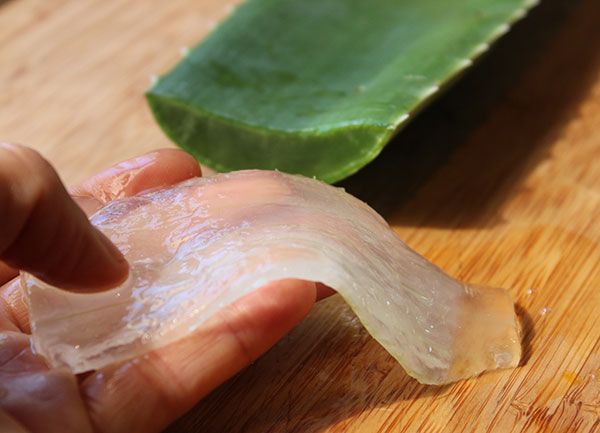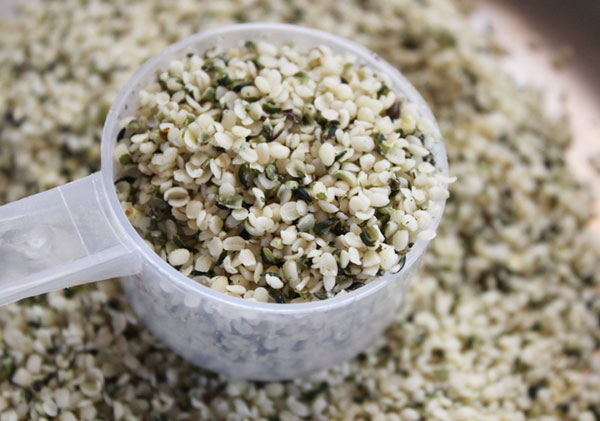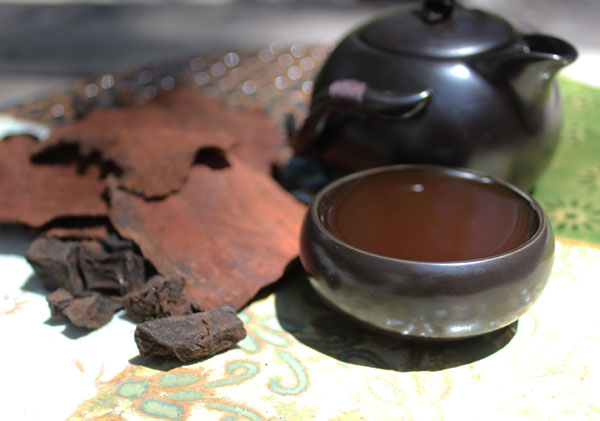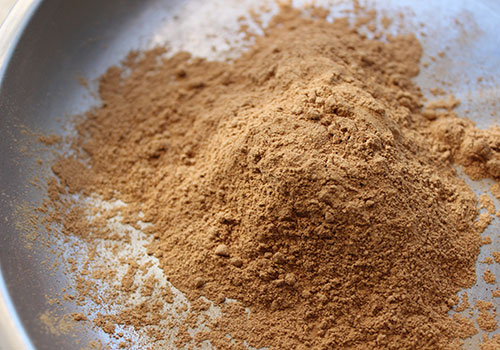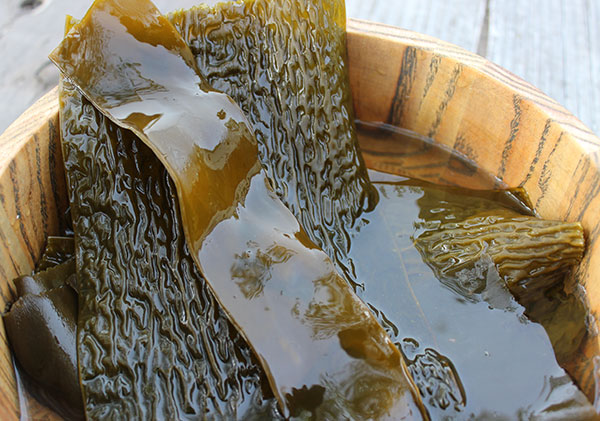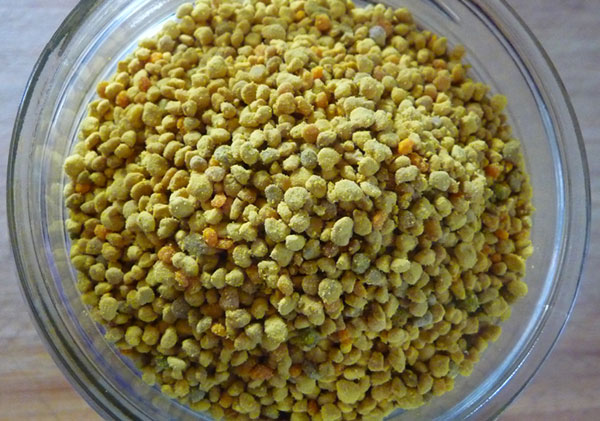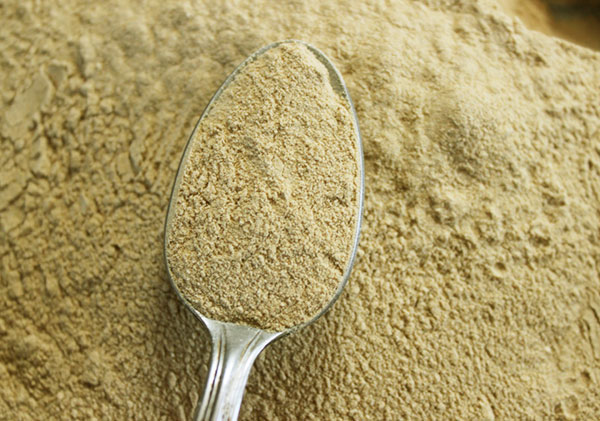What is a Raw Vegan Diet or “High Raw” Diet?
A raw vegan diet, based on both veganism and the consumption of raw plant-based foods, is a dietary practice that began on a small scale in the late 1800’s as a way to treat and heal various diseases. It wasn’t until the 1970’s and 80’s, however, that it became particularly popular in the U.S., along with the vegetarian health food movement, making a steady rise to fame in the mid 90’s.
Today, raw veganism is a term recognized by many mainstream audiences and embraced by health seekers worldwide. While it primarily encompasses a vegan diet, with the exclusion of any kind of animal derived foods either for ethical, ecological or health reasons, it does not include cooked grains, beans, heated or pasteurized foods which are typically consumed by most vegans.
The standard definition of “raw food” comprises eating organic vegetables, fruits, fats, nuts and seeds that have not been cooked over 115–118° F (45-48°C). This is to ensure that the food retains its natural living enzymes and nutrient content which is typically destroyed by heat or cooking methods.
Simply put, raw foods are “living foods” that are closer to their natural state, preserving life-force, fiber, water content and essential phytonutrients that help the body to function at its highest levels. These foods we call raw superfoods! They can be grated, blended, chopped and food processed to create different textures and taste sensations, but are made exclusively from fresh, whole, ripe uncooked foods.
In a 2013 study it states that “Cooking food destroys nutrients and enzymes, alters the structure and, thus, digestibility of food, and creates byproducts that may be harmful. For example, cooking vegetables decreases water-soluble and heat sensitive nutrients, such as carotenoids. The insoluble fiber in vegetables, which helps decrease fecal transit time and increase binding and excretion of carcinogens, decreases as a result of cooking. Heat initiates the Maillard reaction, which destroys many essential amino acids, causes proteins to cross-link with reducing sugars, and makes the food harder to digest.”
Many health experts additionally believe that cooking many common foods provides nothing but empty calories and the desire to consume more food because nutritional needs are not being satisfied. Raw vegan foods generally help you to feel satiated after a meal and assist in controlling appetite cravings.
Following a “High Raw” Diet
Although we are not of the belief that all cooked food is poison or eating a 100% raw vegan diet for life is needed for optimal health, we do believe it can be very helpful to add in more raw vegan foods to one’s daily diet on a regular basis. This concept is often referred to as a “high raw” diet. We personally practice and recommend consuming between 50-70% of foods in their uncooked, natural living state as an ongoing dietary regimen.
Eating a combination of whole cooked foods, along with ample amounts of raw fruits and vegetables helps to provide a good balance of fiber, pH alkalinity, structured water content and the enzymes needed for good digestion. These types of raw foods encourage regular bowel movements and, with their higher vitamin/mineral content and antioxidant-rich plant pigments, are nourishing as well as cleansing to the body.
We personally don’t have strict rules about eating meat or dairy once in awhile, but we do believe that consuming large amounts of animal products on a regular basis is not a healthy diet choice long term. It is really a personal decision you alone must make. We completely understand the concept of not eating ANY animal foods for moral and ethical reasons.
A high raw diet may also include the consumption of raw nuts, seeds, fats as well as high quality ethically raised animal and dairy products. Eating meat protein, eggs, milk or cheese is a choice dependent on one’s own personal beliefs and nutritional requirements.
For many people following a high raw diet, consuming raw vegan foods for the first meal of the day and eating some cooked foods at dinner is a practical and achievable health objective and diet plan. Eating mostly raw vegan during the day, may also encourage better dietary choices when it comes time to preparing a main entrée. Suddenly simple whole cooked foods, created from scratch without the use of packaged or processed instant, microwavable or canned food items, become appetizing and flavorful food choices.
What is a 100% Raw Vegan Diet?
A 100% raw vegan diet is the practice of consuming only raw fruit, vegetables, nuts, seeds, fats, oils and condiments for either short periods of time or as a long term lifestyle choice. It is a more strict commitment to the purifying experience that eating only raw foods can bring. Some believe in the notion that eating any cooked foods causes diminishment of energy, spiritual conscious and cognitive functions.
Technically speaking, a raw vegan diet adheres to the elimination of all meat or animal products as a food source. This could be for both moral reasons (ethical treatment of animals) and/or because there is an opinion that meat is not a natural food we should be eating. There is also the notion that a plant-based diet, lower on the food chain, is more ecologically sound on a mass production level than raising livestock.
A Raw Vegan Diet Cleanse for Health and Energy
Those, eating a 100% raw vegan diet, even for short periods of time, often tend to experience great health benefits and the alleviation of many health issues.
Consuming raw vegan meals solely for many days in a row gives your body a break from cooked foods, meat proteins/fats and milk products that can overload the cells and digestive tract, leading to obesity, uric acid build up, excess mucus, inflammation, high cholesterol and a number of related health issues.
Living superfoods, seaweeds, raw greens, sprouts, and fruits provide the cleansing effects of food in it’s natural “raw” state with high amounts of vitamins, minerals and, as we mentioned, enzymes! The results of eating this way for a period of time often leads to weight loss, increased energy levels and an enhanced outlook on life.
The warmer months of spring or summer, when fruits and vegetables are more plentiful, are the perfect seasons for eating more raw vegan foods, with fall and winter being the time to eat heavier building foods and (if you choose) high quality ethically raised meat and dairy.
We recommend experimenting for yourself, eating just one day on an all raw vegan diet. Here is our top 10 list of raw vegan food categories to choose from when following a raw diet.
Top 10 Raw Vegan Diet List of Foods
1) Raw Greens and Vegetables
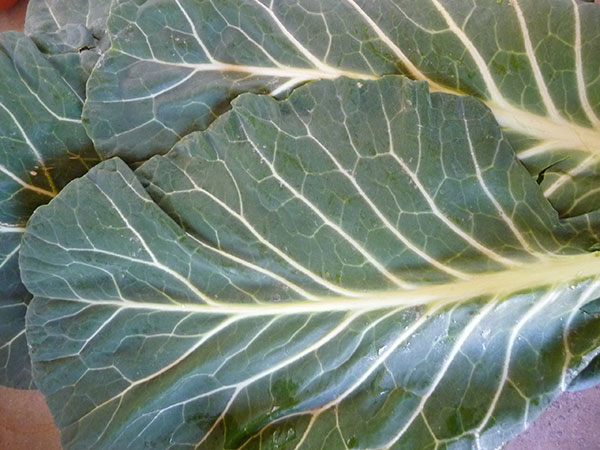
This includes most vegetables in their raw uncooked state. Broccoli, cauliflower, leafy green vegetables, squash and the many root vegetables, like beet, carrot, burdock and radish. We tend to stay clear of raw potatoes or yams, but sometimes use them prepared in vinegar and dehydrated as chips.
Green leafy vegetables are high in protein content and often make up a large percentage of a raw vegan diet. This comprises greens such as kale, collard, cilantro, bok choy, lettuces, arugula, parsley as well as wild edible greens whenever they are available.
2) Raw Fruits
Juicy raw fruits are packed with structured water content that rehydrates the body and provides a quick burning fuel source. Sun ripened fruits are cleansing to the cells and help to balance body pH. They are full of colorful antioxidant-rich pigments and can also be concentrated as a juice or eaten as a dried fruit snack.
Many people believe that fruits are one of the most natural foods for humans to eat as we have long arms and dexterous hands perfect for picking fruit from trees.
3) Raw Juices
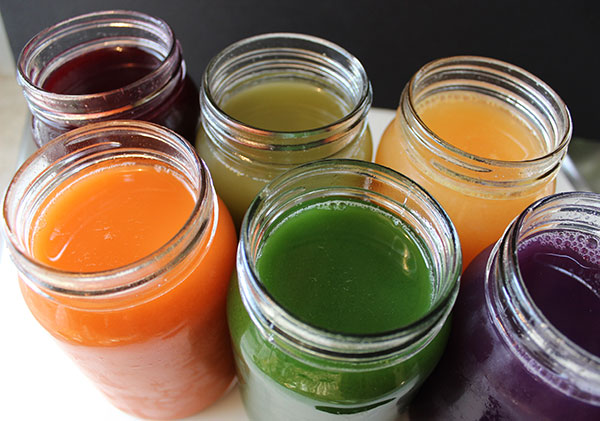
The process of juicing is achieved by pressing vegetables and fruits through a juicer. Raw living juice offers a concentrated amount of liquid nutrients that immediately flushes and nourishes the cells and provides cleansing actions to the lymph and bloodstream.
Integrating fresh juices into your daily routine can be a way to cleanse and simultaneously rebuild any possible vitamin and mineral depletion. This can either involve making straight green juice or concocting your own rainbow of juice blends, choosing from the plethora of tree ripened fruits and vegetables.
4) Raw Nuts and Seeds
These are any of the whole, raw, unprocessed, unroasted, unpasteurized, unsalted nut and seed varieties such as pumpkin seeds, hemp seeds, sunflower seeds, chia seeds, flax seeds, pili nuts, filberts, sesame seeds, almonds, brazil nuts, cashews and pistachios.
Many traditionally prepared foods can be made using nuts and seeds to create burgers, milks, cheeses, hummus and pizza crusts. On average it is good to consume smaller amounts of nuts or seeds as compared to other foods on a raw vegan diet.
Recent U.S. regulations require some commercial nut and seed varieties (mostly almonds) to undergo steam pasteurization for “health and safety” reasons. There are some loop holes within these laws, however, and raw nuts and seeds are still available on a large scale by organic high quality growers. With the exception of some hard shelled nuts, most raw nuts and seeds will sprout when soaked and drained over a few days time. This is a good way to test their raw nutritional quality.
5) Raw Fermented Foods
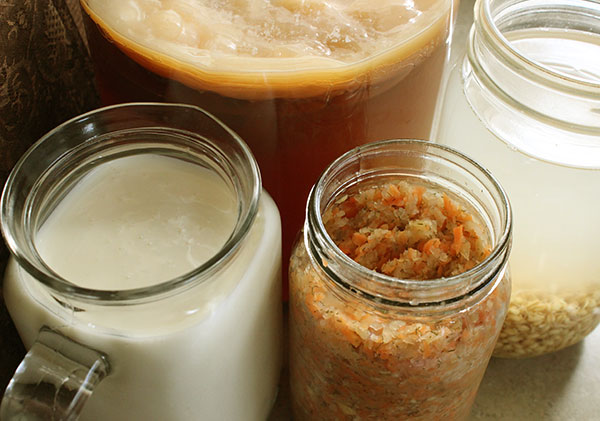
Unpasteurized fermented foods, like cultured seed cheese, rejuvelac, cultured vegetables and coconut kefir are great foods to include in a raw vegan diet. Kombucha is also another widely excepted fermented drink consumed, although it is made from a hot water infused tea base.
Adding both flavor as well as nutritional components, raw ferments are especially high in enzyme content which helps to improve digestive functions, normalizes bowel movements, processes undigested waste material and provides beneficial intestinal microflora.
6) Raw Plant Fats
Good fats are healthy fats that are derived from raw plants and their oils. Both saturated and unsaturated fats are healthy to the body when they are eaten in their raw state as opposed to high heat processed, hydrogenated or refined.
The raw oils we specifically recommend include coconut oil, olive oil, hemp seed oil and sacha inchi oil. Some raw plant-based fats include coconut meat, cacao butter, olives, avocados and durian fruit. Nuts and seeds also contain a large amount of fat and oil content and can also be processed for use as nut butters.
7) Raw Superfoods
This raw food list category comprises a wide array of top superfoods that have not been heat processed. Some of these are the microalgaes (like chlorella and spirulina), the super fruits (like camu camu and goji berries), shilajit, pine pollen, aloe vera, hemp seeds and many others found on the pages of this website.
Many of these superfoods can be conveniently consumed in raw smoothies and other blended drinks.
8) Raw Seaweeds
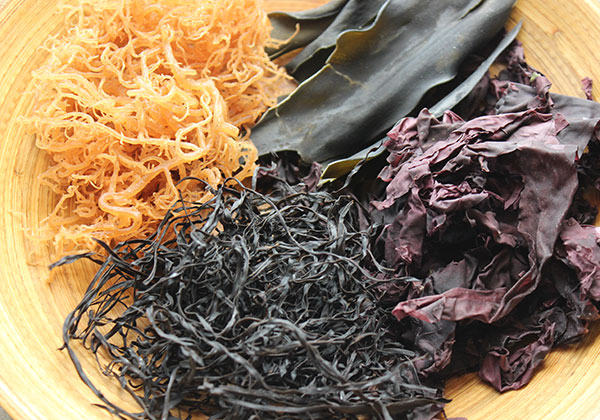
All of the seaweed varieties like kelp, dulse, irish moss, bladderwrack and raw untoasted nori are an excellent source of ocean born minerals and trace elements as well as iodine and detoxifying long chain sugars or polysaccharides.
Seaweed flakes and powders can help provide necessary phytonutrients that are often lacking these days in store bought produce. They are excellent in raw soups, nut pates’ or sprinkled on salads. It is important to purchase high quality seaweed vegetables that are tested for radiation and other contaminants.
9) Raw Supplements
Sometimes during the course of our lifetime, we become nutritionally deficient in one area or another and need a little help from a supplement specifically concentrated in a particular vitamin, mineral, probiotic, enzyme, herb, extract or cleansing solvent.
These we like to get from raw whole food super supplements rather than highly synthesized extractions. When supplements are closer to the whole foods and herbs they originate from, their nutrients are made more bioavailable to the body when we consume them. Raw supplements also contain high amounts of living enzymes and other natural co-factors which helps increase their overall effectiveness.
10) Raw Sprouts
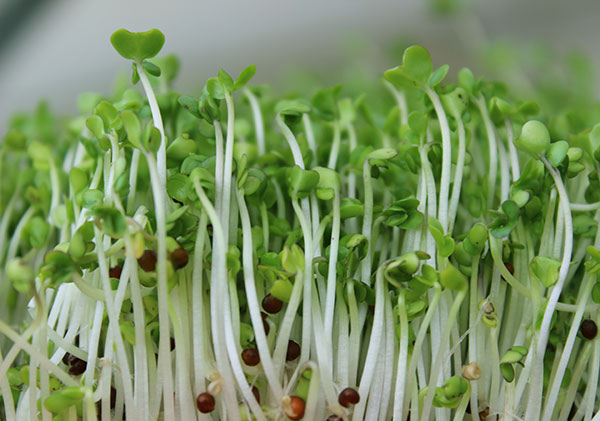
Living sprouted seed varieties are a concentrated source of potent energy, packed with pre-digested vitamins, minerals, protein-rich amino acids, sugars, fatty acids and chlorophyll.
Some of these super sprout varieties include: sunflower sprouts, fenugreek sprouts, cress, radish sprouts, broccoli sprouts, mung bean and an assortment of microgreen variations.
There are also a number of grains that can be sprouted and used to make essene bread, pizza crusts or sprouted grain crackers. Some of these grains may include rye, buckwheat groats and wheatberries.
Precautions:
Seek the advice of your health care provider before adhering to a strict raw vegan diet, especially if you have serious health conditions or are taking prescription medications.
